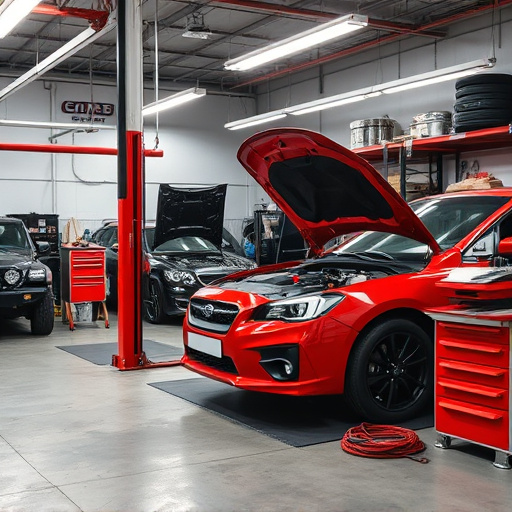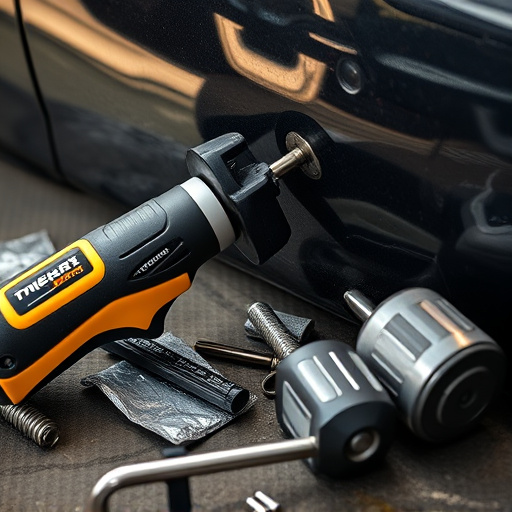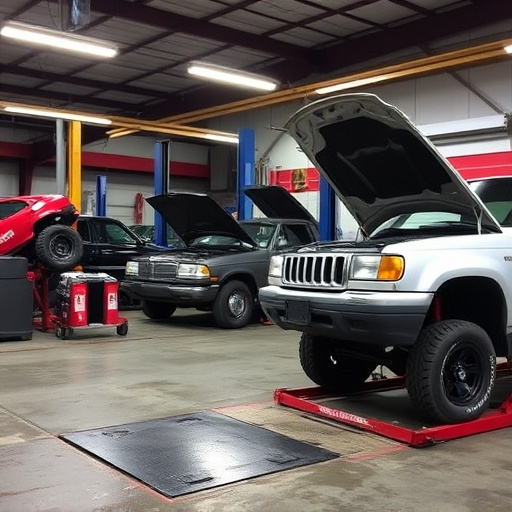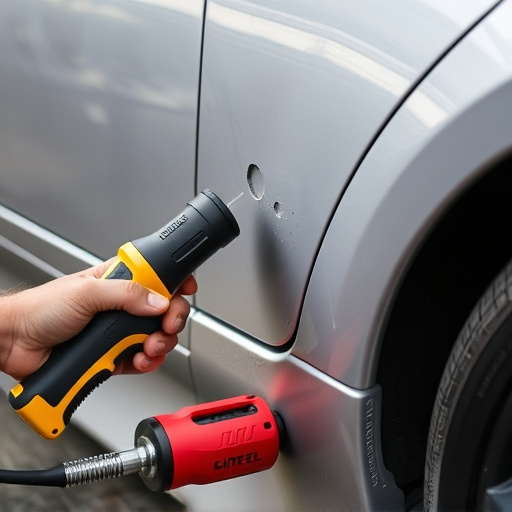Structural repair warranty claims often result from construction flaws or environmental damage. Effective navigation requires understanding terms, gathering documentation (photos, reports), and clear communication with providers. Comprehensive record-keeping, including work orders and technician reports, is vital for successful resolutions. Mediation or arbitration can resolve disputes cost-effectively, enhancing customer satisfaction.
In the realm of construction and homeownership, understanding structural repair warranty claims is crucial. This article delves into real cases, exploring common causes behind these disputes and providing a comprehensive guide to navigating the claims process. From initial assessment to resolution strategies, we equip readers with insights to manage warranty issues effectively. Learn how to identify faulty workmanship, material defects, and other triggers, then follow a step-by-step approach to ensure fair resolutions, fostering a more robust building industry.
- Common Causes of Structural Repair Warranty Claims
- Navigating the Claims Process: A Step-by-Step Guide
- Successful Resolution Strategies for Warranty Disputes
Common Causes of Structural Repair Warranty Claims

Structural repair warranty claims often arise from a range of issues that compromise the integrity of buildings and structures. One of the most common causes is poor initial construction, which can include faulty materials, inadequate workmanship, or both. Over time, exposure to elements like moisture, extreme temperatures, and wind can accelerate structural deterioration, leading to claims for repairs under the warranty.
Another significant factor contributing to these claims is deferred maintenance. Neglecting regular inspections and timely repairs can result in minor issues escalating into major problems that require extensive and costly structural repairs. Moreover, in the context of fleet repair services or vehicle repair, improper transportation or handling of vehicles can cause damage that falls under structural repair warranties if not addressed promptly.
Navigating the Claims Process: A Step-by-Step Guide
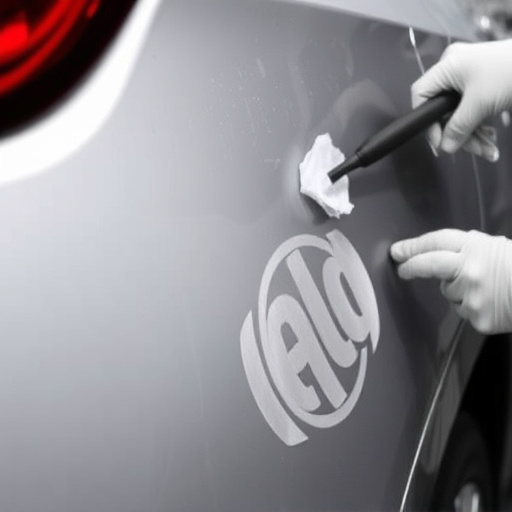
Navigating the claims process for a structural repair warranty can seem daunting, but with a clear understanding and structured approach, it becomes more manageable. Here’s a step-by-step guide to help ensure a smooth resolution.
First, thoroughly review your structural repair warranty document to comprehend the terms, conditions, and exclusions. Identify the type of damage you’re experiencing—whether it’s related to foundation issues, framing defects, or other structural concerns. Next, gather all necessary documentation, including photos, reports from qualified inspectors, and previous maintenance records. Contact your warranty provider promptly, explaining the situation and requesting a claims assessment. They will guide you through the next steps, which may involve scheduling an inspection and providing specific information required for processing. During this process, remember that clear communication is key; don’t hesitate to ask questions if any part of the procedure isn’t clear. After your claim is evaluated, the warranty company will either approve or deny it. If approved, they’ll provide a resolution, which could include repairs, replacements, or alternative solutions. For auto body repairs or bumper damage, the process might vary slightly, but the overall steps remain consistent, focusing on documentation, communication, and understanding the specific terms of your warranty.
Successful Resolution Strategies for Warranty Disputes
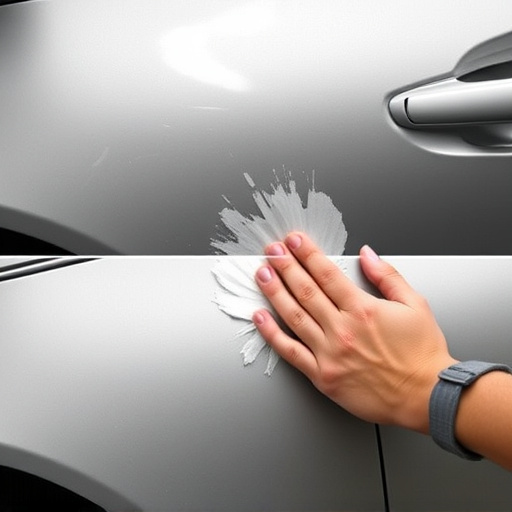
In the realm of structural repair warranty claims, successful resolution strategies are paramount to maintaining customer satisfaction and preserving a positive reputation. The first step in resolving warranty disputes is clear communication. Both parties must openly discuss the issue, exchanging detailed information about the damage, repair process, and expected outcomes. This transparent dialogue helps in understanding the root cause of the problem, ensuring that any repairs align with the original warranty terms.
A comprehensive approach involves meticulous documentation of every step taken during the resolution process. This includes photographs, work orders, and reports from qualified technicians or inspectors. Such records serve as a robust foundation for arguments, demonstrating efforts made to rectify issues and proving compliance with structural repair warranty guidelines. In cases where disagreements persist, mediation or arbitration can be effective alternatives to litigation, fostering collaborative problem-solving and potentially saving time and resources.
Understanding common causes of structural repair warranty claims and navigating the claims process effectively is crucial for resolving disputes efficiently. By implementing successful resolution strategies, builders, contractors, and homeowners can ensure smooth relationships and maintain high standards in their projects. Remember that proactive measures and clear communication are key to minimizing issues and fostering trust in the long term for all parties involved in structural repair warranty claims.


